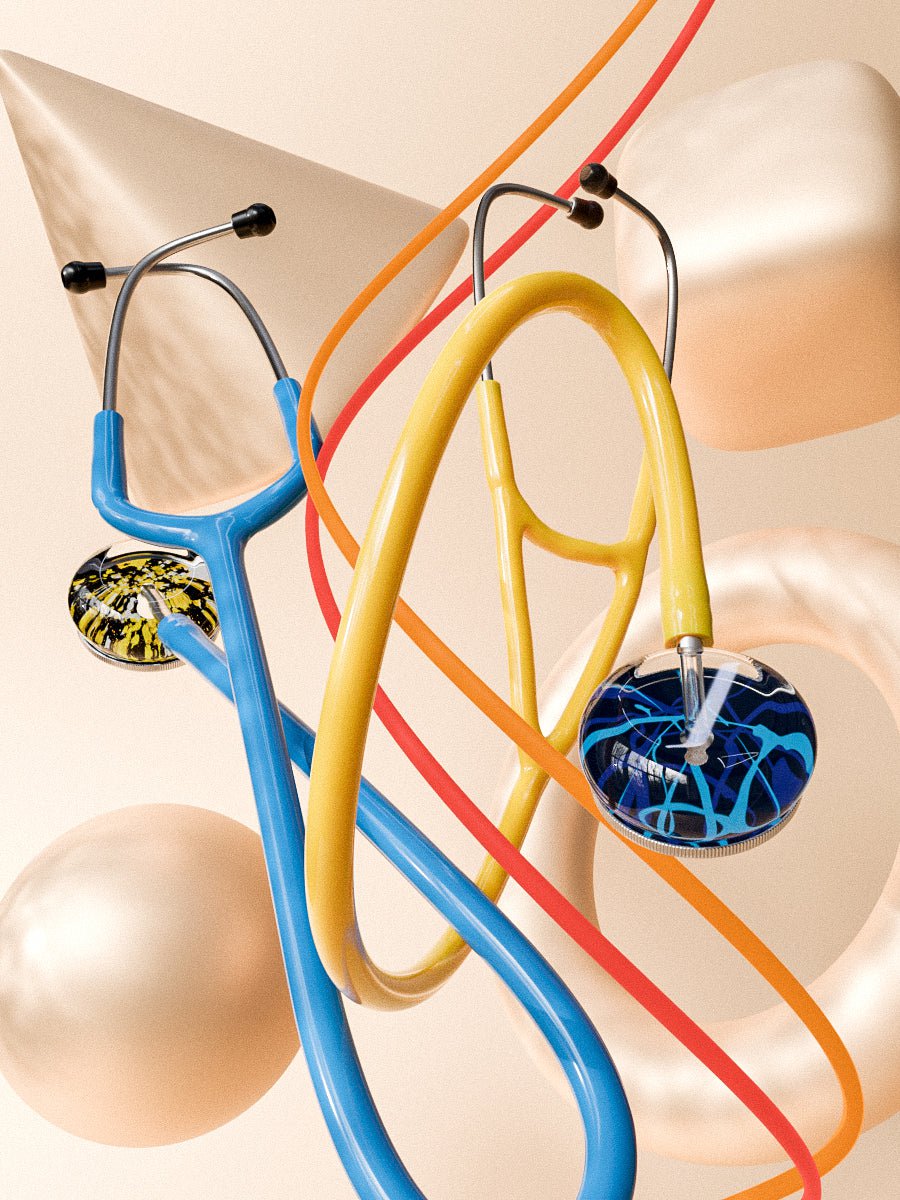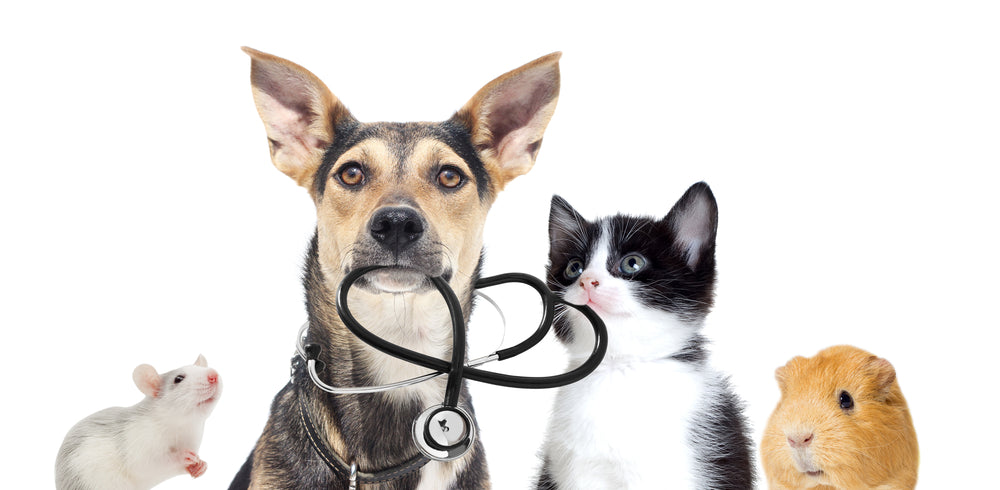Listening to a dog's heart is not as difficult as you might think. You just need the right equipment: a stethoscope, or what we call an "auscultation probe." It may sound strange, but veterinarians actually use this tool on dogs all the time! It can help them diagnose various heart diseases and determine if there are any abnormalities in their health.
A stethoscope for animals isn't quite like the one used by humans because of their size and body shape; however, it does work similarly. Regardless of whether your stethoscope is for use on animals or humans, you may be in the market for a new stethoscope or wondering "Where can I get my stethoscope engraved?" Now, on to our information about listening to a dog's heart.
How to use a stethoscope to listen to a dog's heart?
First of all, it's important to know that the dog must be in a sitting or standing position. This ensures that there is an equal distribution of blood flow throughout the heart and has no effect on its performance. It also helps you get a better sense for what kind of sounds are coming from your pet’s chest area - which is important for diagnosis.
Next, you should find the location of your dog's heart by feeling around on their chest in that area. You can also place a hand underneath them and feel it flutter as it beats or listen to its sounds with your ear pressed up against their body while they inhale deeply.
Once you've located the general area, you can use a stethoscope to listen in on the sounds.
If your dog is sick and there's an issue with their heart rate or rhythm, you may be able to hear it through the stethoscope as well. These abnormalities are sometimes associated with certain conditions that affect dogs' hearts.
The most common diseases discovered by a stethoscope in dogs:
* heart murmurs, which are typically caused by a valve that is leaking or an abnormal blood vessel in the heart that's creating turbulence. This can also indicate an infection in the animal. Murmurs may be innocent and require no treatment but should still be monitored closely to prevent complications.
Murmur treatments include:
* antibiotics, which can be lifesaving for dogs with heart murmurs due to infection
* valve surgery, often needed when those valves are leaking and need fixing or replacing
* blood thinners like aspirin if your dog has a murmur that doesn't cause any symptoms. This is usually an option for innocent murmurs caused by turbulence in the heart.
* In some cases, the veterinarian may tell you to monitor your dog for a few months and bring them back if symptoms persist
- Diseases found in dogs with the use of a stethoscope continued:
* Bradycardia or slow heartbeat (usually caused by low blood pressure), which can cause dizziness or fainting.
* Heart murmur (when the valve between the heart's left ventricle and aorta doesn't close properly). This is usually due to infection, structural abnormality of valves. or turbulence in the flow of blood through your dog's heart
* Decreased respiratory effort (abnormal breathing) will lead to pneumonia.
* Atrial fibrillation (when the atria of your dog's heart beat irregularly). In this case, your veterinarian may prescribe blood thinners like aspirin if it doesn't cause any symptoms. This is usually an option for innocent murmurs caused by turbulence in the heart.
- How to use a stethoscope:
A stethoscope is an instrument that can be used to listen to your dog's heart, lungs, and other internal organs. Stethoscopes are also called auscultation devices or cardiology instruments because they allow veterinarians to hear the sounds of their patient's hearts and respiratory system.
- How do veterinarians use a particular type of stethoscope:
Veterinarians use a particular type of stethoscope that is designed with a small diaphragm, which allows the veterinarian to hear more subtle sounds.
- Do veterinarians use human stethoscopes for animals or are they different?
Auscultation devices used by vets differ from those used by humans.
- What can be determined about the health of a dog with the use of a stethoscope: A veterinarian may listen to your dog's heart and lungs for an abnormal sound. Listening at different points on the body will also help determine what is causing any abnormalities.
What are the most common lung problems discovered in dogs with the use of a stethoscope?
- The most common lung problems found are pneumonia, bronchitis or a respiratory infection.
What are the most common heart diseases discovered in dogs with the use of a stethoscope?
- Arrhythmia is one of the more common cardiac dysfunctions and can be identified by listening to your dog's heartbeat.
- The most common heart diseases found are congestive heart failure, cardiomyopathy and valvular disease.
Do veterinarians use a particular stethoscope?
- Yes, but not one used for humans. They usually prefer the veterinary stethoscope with a curved chest piece to accommodate their anatomy better than that of humans.
In Conclusion:
When it comes to listening to your dog's heartbeat there are many different heart and lung diseases that can be detected. Often these diseases can be treated with medications. If you feel that your dog is not feeling well it is recommended to get them into a veterinarian for an exam as soon as possible.





